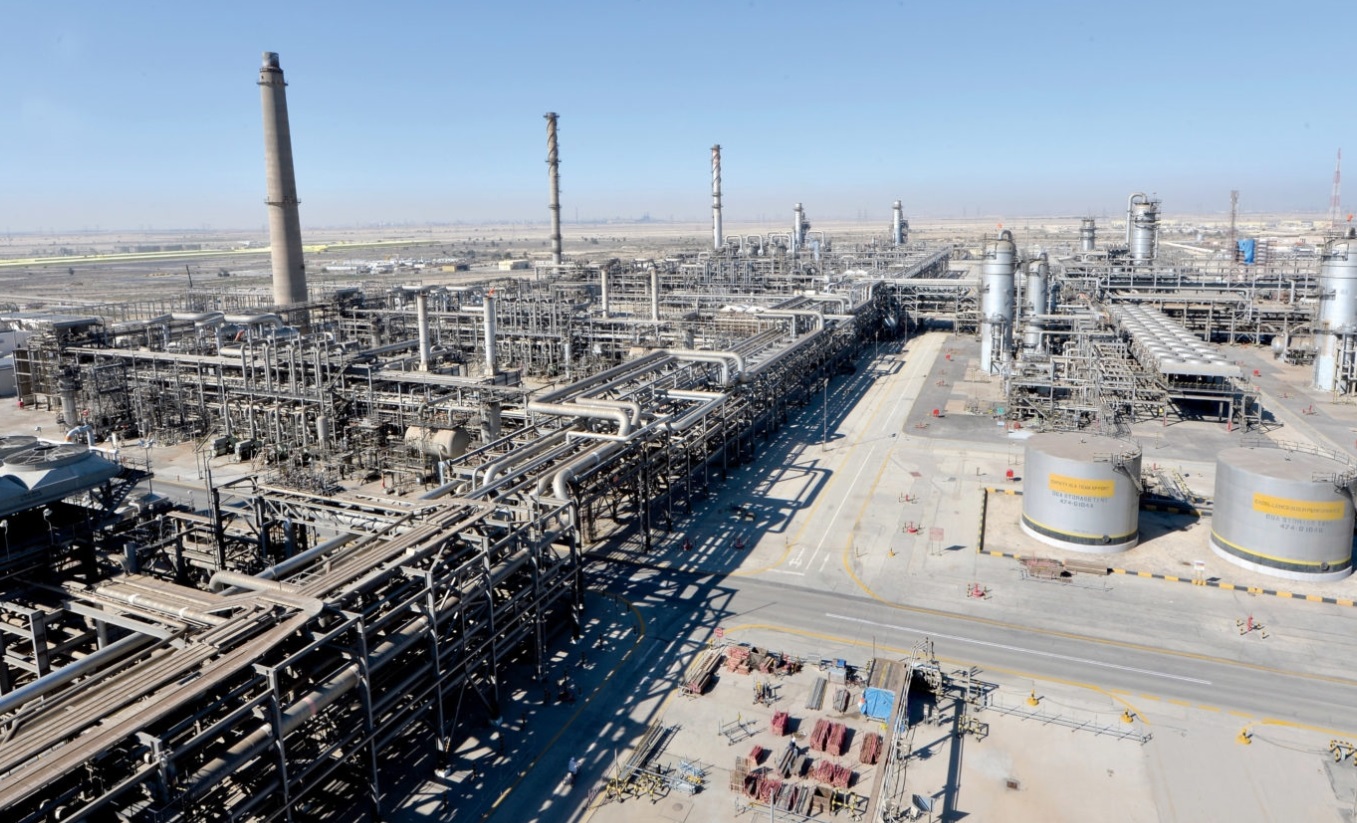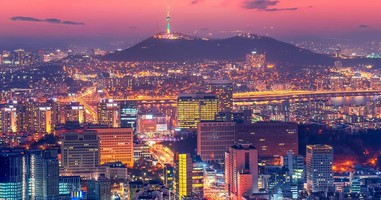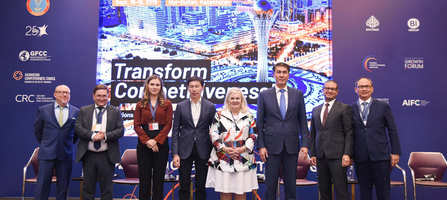
Reports
Saudi Arabia
October 17, 2019

Studying the industrialization process and the industrial policies used in Saudi Arabia to diversify the economy is very important for understanding the opportunities and threats to Kazakhstan along this path. Both countries are similar in terms of oil dominance as the basis of economic development, population and density at the beginning of Saudi Arabia's development.
Oil is the backbone of the Saudi economy. In 2013, it accounted for 45% of GDP, 80% of budget revenues and 90% of export revenues. The share of oil rent in GDP in 2013 amounted to 44.3%.
Oil production allows the government to subsidize manufacturing, agriculture and services in much of the private sector. The government has been officially diversifying the economy since the oil boom. The country's economic development is carried out on the basis of five-year development plans, the first of which was adopted in 1970. Saudi Arabia has achieved significant results in industrialization. The share of the manufacturing industry increased from 4% in 1980 to a peak of 11% in 2010 and slightly decreased to 10.1% in 2012 amid a constantly growing trend in oil prices.
By the early 1970s, sufficient reserves had accumulated in the Kingdom to begin the country's development. The government began to realize the need to change the structure of the economy, mainly to ensure employment and food security.
The years of the oil boom saw the implementation of the second and third development plans. The Kingdom took advantage of the sharply increased oil revenues to launch massive investments in industrialization and the creation of energy and resource-intensive industries and regional processing.
As part of the second five-year plan, active industrialization was launched. The most important events of this period were: the creation by royal decree of the company Saudi Basic Industries Corporation (SABIC) for the production of by-products of petroleum extraction of polymers, chemical products and fertilizers and the creation and development of the industrial cities of Jubali and Yanbu. In addition, Petromin continued to develop oil refining facilities for the production of lubricants, and the Saudi Arabian Fertilizer Company (SAFC) increased the production of fertilizers. However, at the end of the period in 1980, the share of manufacturing in GDP (4.1%) fell by half compared with 1970 (8.3%).
The third development plan began during a period of high oil prices. In the framework of the third plan, the consistent development of the main players in the basic industries continued. It is planned to build basic petrochemical plants for the production of ethylene, methanol and urea, the design work on which was completed during the second plan. To implement this, it was planned to attract partners for joint ventures with SABIC. The development of Jubali and Yanbu continued as the two main locations for the production of hydrocarbons.
The government continued to build an open economy with a focus on the private sector, providing the necessary initiatives, incentives, benefits and preferences to attract private partners, taking on, inter alia, the risks of financing and developing projects where such partners were not located.
The implementation of the fourth plan began amid a sharp drop in oil prices, a four-fold reduction in production and a concomitant decrease in the ability to finance and subsidize sectors of the economy. Under the fourth five-year plan, the basic principles of economic development were laid.
To implement this, it was planned to attract partners for joint ventures with SABIC. The development of Jubali and Yanbu continued as the two main places for production.
share
article
all publications











